MedievalReporter.com
Covering history's most marvelous millennium
Join our newsletter!

Covering history's most marvelous millennium
Covering history's most marvelous millennium
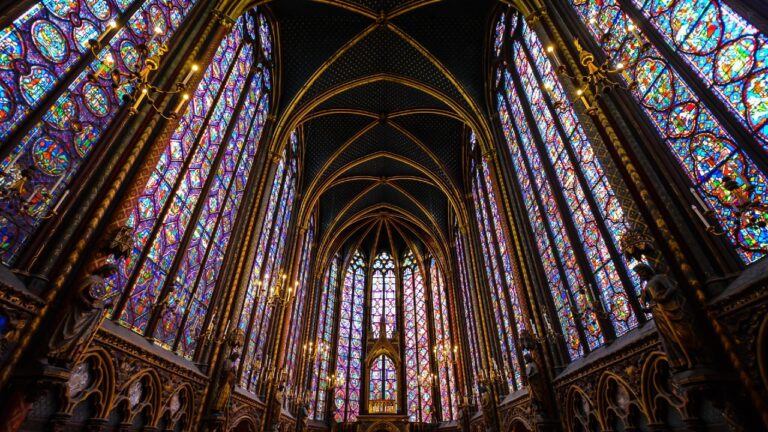
An example of the beauty of the Middle Ages, gothic architecture gave the era towering cathedrals, bronze bells and stained glass.
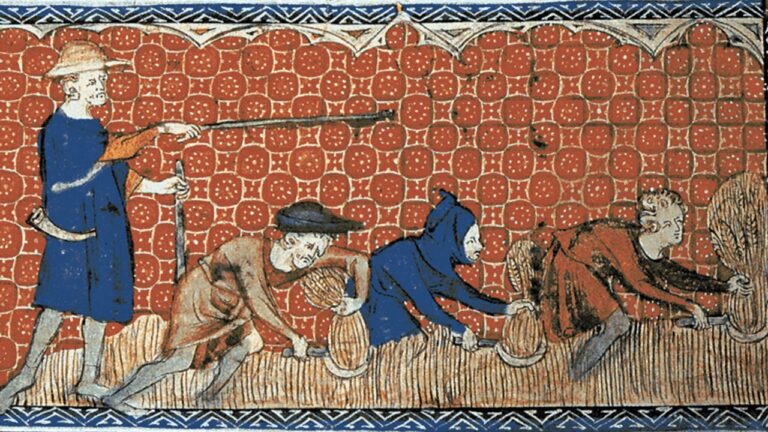
The third estate was the economic engine of the Middle Ages: most of its members worked the land, but through guilds, some grew into a burgeoning 'burgher' class.
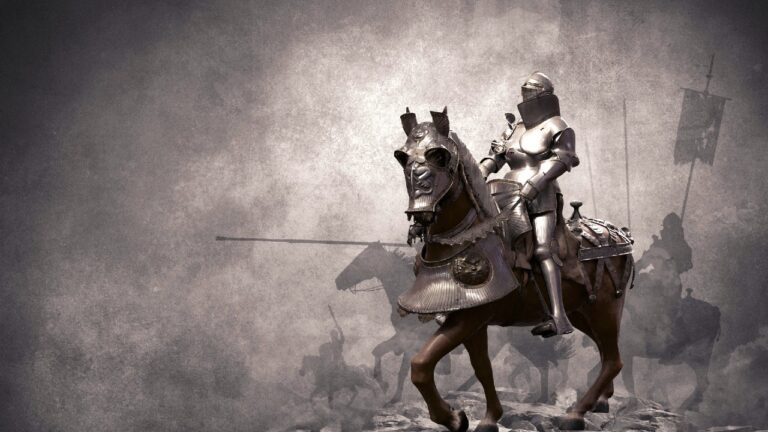
The 'bellatores', or "those who fight", were the second estate of medieval society. Through sheer military power, they imposed their will on the wider population.
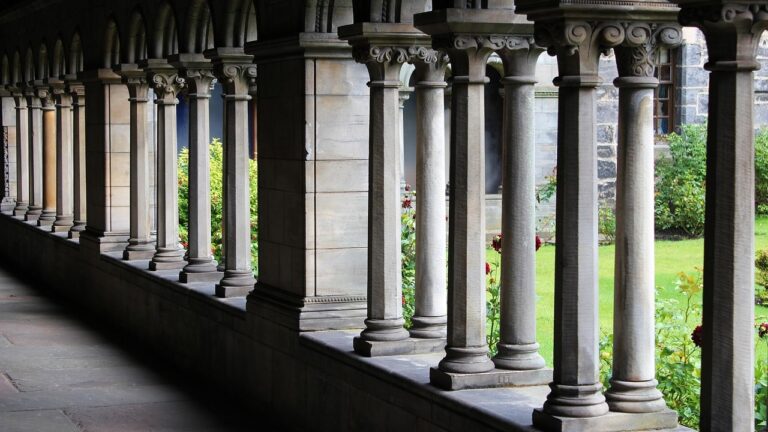
European medieval society knew three estates. The clergy, or the 'oratores', were the first. Its members focused on spiritual matters, but could be found advising worldly lords as well.
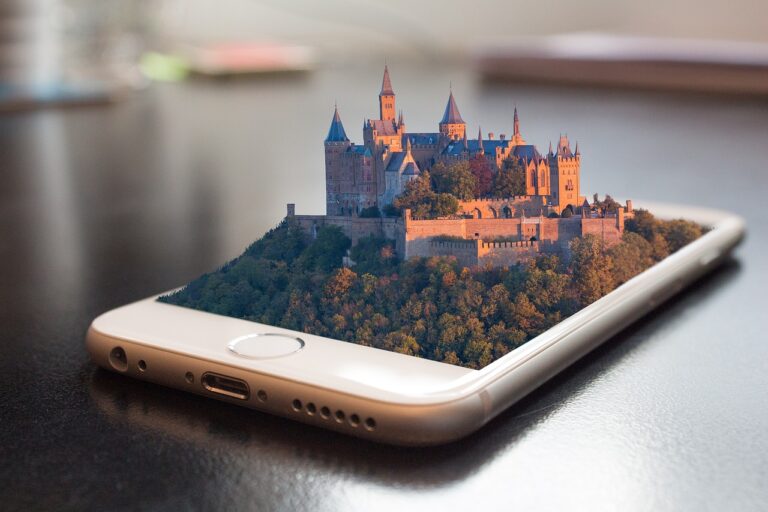
What's more medieval than a castle? The era's most distinctive icon is firmly imprinted in our modern minds, but castles actually went through many interesting innovations!
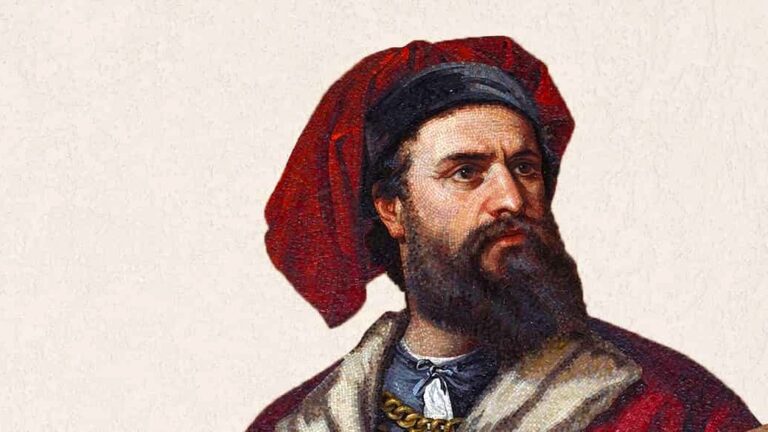
Marco Polo went to the edge of the medieval world. His tale is rather sketchy at times, but his claim that he served the Mongol khan in the East for years is probably true.
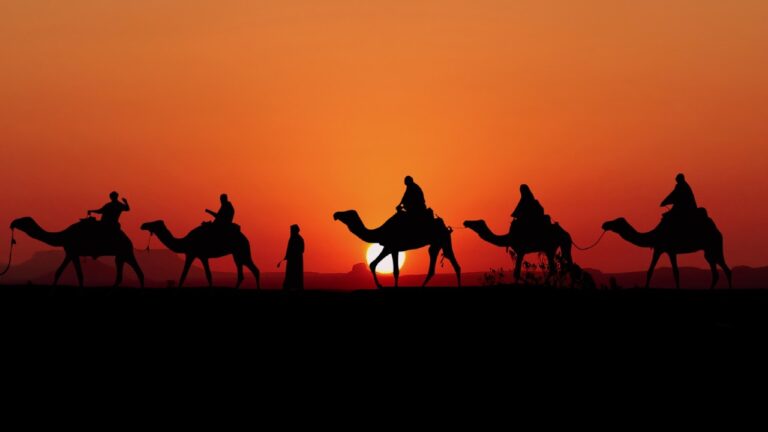
The Silk Road connected China and Europe throughout the Middle Ages. Both middlemen merchants and expansive emperors grew rich by controlling this trade route.
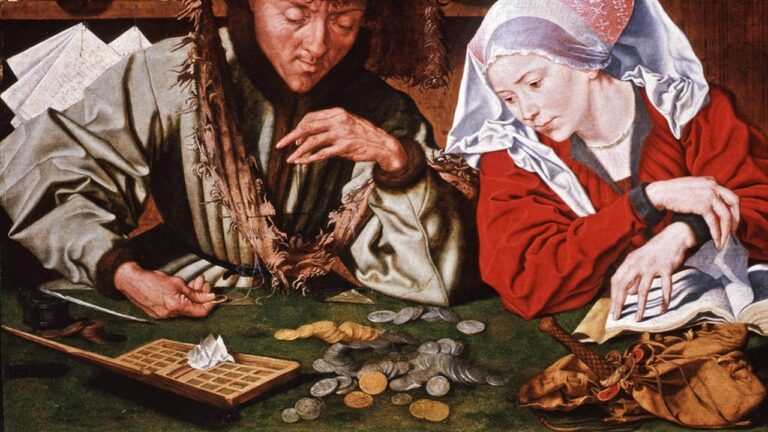
Money makes the world go around. But initially, medieval economies relied as much on barter as on coinage. Smart bankers then turned the system around in their favor.
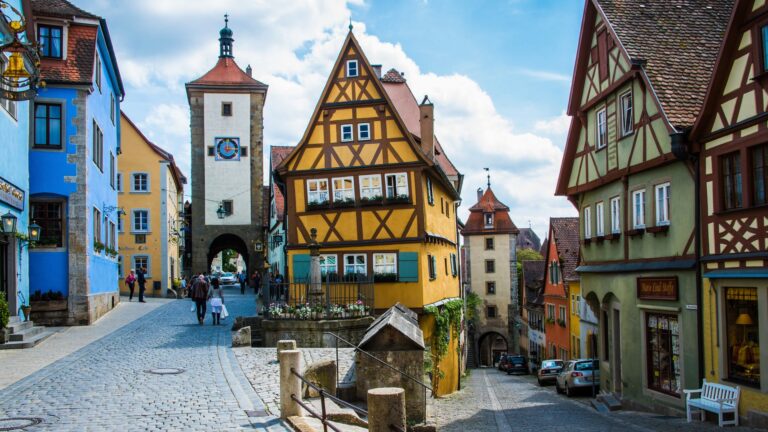
The limited space within a medieval city's walls led to an ever-intensifying search for the ideal residential unit. Both the "Viking" longhouse and the typical townhouse proved popular.